Droplet Flow Assisted Electrocatalytic Oxidation of Selected Alcohols under Ambient Condition
Abstract
:1. Introduction
2. Results and Discussion
3. Materials and Methods
3.1. Chemicals
3.2. Synthesis of CoP@Ni Foam
3.3. Structural Characterization
3.4. Droplet-Assisted Electrochemical Oxidation of Alcohols
3.5. Liquid Chromatography Analysis
4. Conclusions
Author Contributions
Funding
Institutional Review Board Statement
Informed Consent Statement
Data Availability Statement
Acknowledgments
Conflicts of Interest
References
- Yuan, Y.; Lei, A. Is electrosynthesis always green and advantageous compared to traditional methods? Nat. Commun. 2020, 11, 2018–2020. [Google Scholar] [CrossRef]
- Rafiee, M.; Konz, Z.M.; Graaf, M.D.; Koolman, H.F.; Stahl, S.S. Electrochemical oxidation of alcohols and aldehydes to carboxylic acids catalyzed by 4-acetamido-TEMPO: An alternative to “anelli” and “pinnick” oxidations. ACS Catal. 2018, 8, 6738–6744. [Google Scholar] [CrossRef]
- Carbonio, E.A.; Nagao, R.; Gonzalez, E.R.; Varela, H. Temperature effects on the oscillatory electro-oxidation of methanol on platinum. Phys. Chem. Chem. Phys. 2009, 11, 665–670. [Google Scholar] [CrossRef]
- Miyamura, H.; Matsubara, R.; Miyazaki, Y.; Kobayashi, S. Aerobic oxidation of alcohols at room temperature and atmospheric conditions catalyzed by reusable gold nanoclusters stabilized by the benzene rings of polystyrene derivatives. Angew. Chem.-Int. Ed. 2007, 46, 4151–4154. [Google Scholar] [CrossRef]
- Jia, A.; Lou, L.L.; Zhang, C.; Zhang, Y.; Liu, S. Selective oxidation of benzyl alcohol to benzaldehyde with hydrogen peroxide over alkali-treated ZSM-5 zeolite catalysts. J. Mol. Catal. A Chem. 2009, 306, 123–129. [Google Scholar] [CrossRef]
- Wang, D.; Wang, P.; Wang, S.; Chen, Y.H.; Zhang, H.; Lei, A. Direct electrochemical oxidation of alcohols with hydrogen evolution in continuous-flow reactor. Nat. Commun. 2019, 10, 2796. [Google Scholar] [CrossRef] [PubMed] [Green Version]
- Suga, T.; Shida, N.; Atobe, M. Au-catalyzed electrochemical oxidation of alcohols using an electrochemical column flow cell. Electrochem. Commun. 2021, 124, 106944. [Google Scholar] [CrossRef]
- Bender, M.T.; Lam, Y.C.; Hammes-Schiffer, S.; Choi, K.S. Unraveling two pathways for electrochemical alcohol and aldehyde oxidation on NiOOH. J. Am. Chem. Soc. 2020, 142, 21538–21547. [Google Scholar] [CrossRef] [PubMed]
- Yan, X.; Bain, R.M.; Cooks, R.G. Organic reactions in microdroplets: Reaction acceleration revealed by mass spectrometry. Angew. Chem.-Int. Ed. 2016, 55, 12960–12972. [Google Scholar] [CrossRef] [PubMed]
- Mondal, S.; Subhajit, A.; Rajib, B.; Biman, B.; Richard, N.Z. Enhancement of reaction rate in small-sized droplets: A combined analytical and simulation study. J. Chem. Phys. 2018, 148, 244704. [Google Scholar] [CrossRef] [PubMed]
- Zhang, Y.; Apsokardu, M.J.; Kerecman, D.E.; Achtenhagen, M.; Johnston, M.V. Reaction kinetics of organic aerosol studied by droplet assisted ionization: Enhanced reactivity in droplets relative to bulk solution. J. Am. Soc. Mass Spectrom. 2020, 32, 46–54. [Google Scholar] [CrossRef]
- Wei, Z.; Li, Y.; Cooks, R.G.; Yan, X. Accelerated reaction kinetics in microdroplets: Overview and recent developments. Annu. Rev. Phys. Chem. 2020, 71, 31–51. [Google Scholar] [CrossRef] [PubMed] [Green Version]
- Fallah-Araghi, A.; Meguellati, K.; Baret, J.C.; El Harrak, A.; Mangeat, T.; Karplus, M.; Ladame, S.; Marques, C.M.; Griffiths, A.D. Enhanced chemical synthesis at soft interfaces: A universal reaction-adsorption mechanism in microcompartments. Phys. Rev. Lett. 2014, 112, 028301. [Google Scholar] [CrossRef] [PubMed]
- Sahota, N.; Abusalim, D.I.; Wang, M.L.; Brown, C.J.; Zhang, Z.; El-Baba, T.J.; Cook, S.P.; Clemmer, D.E. A microdroplet-accelerated Biginelli reaction: Mechanisms and separation of isomers using IMS-MS. Chem. Sci. 2019, 10, 4822–4827. [Google Scholar] [CrossRef] [PubMed] [Green Version]
- Li, Y.; Mehari, T.F.; Wei, Z.; Liu, Y.; Cooks, R.G. Reaction acceleration at air-solution interfaces: Anisotropic rate constants for Katritzky transamination. J. Mass Spectrom. 2021, 56, e4585. [Google Scholar] [CrossRef] [PubMed]
- Cao, J.; Wang, Q.Q.; An, S.Q.; Lu, S.F.; Jia, Q.Z. Facile and efficient preparation of organoimido derivatives of [Mo6O19]2- using accelerated reactions in Leidenfrost droplets. Analyst 2020, 145, 4844–4851. [Google Scholar] [CrossRef] [PubMed]
- Vaitheeswaran, S.; Thirumalai, D. Hydrophobic and ionic interactions in nanosized water droplets. J. Am. Chem. Soc. 2006, 128, 13490–13496. [Google Scholar] [CrossRef] [Green Version]
- Girod, M.; Moyano, E.; Campbell, D.I.; Cooks, R.G. Accelerated bimolecular reactions in microdroplets studied by desorption electrospray ionization mass spectrometry. Chem. Sci. 2011, 2, 501–510. [Google Scholar] [CrossRef]
- Banerjee, S.; Zare, R.N. Syntheses of isoquinoline and substituted quinolines in charged microdroplets. Angew. Chem.-Int. Ed. 2015, 54, 14795–14799. [Google Scholar] [CrossRef]
- Nam, I.; Lee, J.K.; Nam, H.G.; Zare, R.N. Abiotic production of sugar phosphates and uridine ribonucleoside in aqueous microdroplets. Proc. Natl. Acad. Sci. USA 2017, 114, 12396–12400. [Google Scholar] [CrossRef] [Green Version]
- Nam, I.; Nam, H.G.; Zare, R.N. Abiotic synthesis of purine and pyrimidine ribonucleosides in aqueous microdroplets. Proc. Natl. Acad. Sci. USA 2018, 115, 36–40. [Google Scholar] [CrossRef] [Green Version]
- Zhou, Z.; Yan, X.; Lai, Y.H.; Zare, R.N. Fluorescence polarization anisotropy in microdroplets. J. Phys. Chem. Lett. 2018, 9, 2928–2932. [Google Scholar] [CrossRef]
- Narendra, N.; Chen, X.; Wang, J.; Charles, J.; Cooks, R.G.; Kubis, T. Quantum mechanical modeling of reaction rate acceleration in microdroplets. J. Phys. Chem. A. 2020, 124, 4984–4989. [Google Scholar] [CrossRef] [PubMed]
- Basuri, P.; Gonzalez, L.E.; Morato, N.M.; Pradeep, T.; Cooks, R.G. Accelerated microdroplet synthesis of benzimidazoles by nucleophilic addition to protonated carboxylic acids. Chem. Sci. 2020, 11, 12686–12694. [Google Scholar] [CrossRef] [PubMed]
- Barwe, S.; Weidner, J.; Cychy, S.; Morales, D.M.; Dieckhöfer, S.; Hiltrop, D.; Masa, J.; Muhler, M.; Schuhmann, W. Electrocatalytic oxidation of 5-(Hydroxymethyl)furfural using high-surface-area nickel boride. Angew. Chem.-Int. Ed. 2018, 57, 11460–11464. [Google Scholar] [CrossRef] [PubMed]
- Zhong, D.K.; Gamelin, D.R. Photo-electrochemical water oxidation by cobalt catalyst (“Co-Pi”)/α-Fe2O3 composite photoanodes: Oxygen evolution and resolution of a kinetic bottleneck. J. Am. Chem. Soc. 2010, 132, 4202–4207. [Google Scholar] [CrossRef]
- Cabán-Acevedo, M.; Stone, M.L.; Schmidt, J.R.; Thomas, J.G.; Ding, Q.; Chang, H.C.; Tsai, M.L.; He, H.; Jin, S. Efficient hydrogen evolution catalysis using ternary pyrite-type cobalt phosphosulphide. Nat. Mater. 2015, 14, 1245–1251. [Google Scholar] [CrossRef] [PubMed]
- Li, X.; Elshahawy, A.M.; Guan, C.; Wang, J. Metal phosphides and phosphates-based electrodes for electrochemical supercapacitors. Small 2017, 13, 1310–1319. [Google Scholar] [CrossRef] [PubMed]
- Zhu, Y.P.; Liu, Y.P.; Ren, T.Z.; Yuan, Z.Y. Self-supported cobalt phosphide mesoporous nanorod arrays: A flexible and bifunctional electrode for highly active electrocatalytic water reduction and oxidation. Adv. Funct. Mater. 2015, 25, 7337–7347. [Google Scholar] [CrossRef]
- Wang, H.; Gao, C.; Li, R.; Peng, Z.; Yang, J.; Gao, J.; Yang, Y.; Li, S.; Li, B.; Liu, Z. Ruthenium-cobalt nanoalloy embedded within hollow carbon spheres as a bifunctionally robust catalyst for hydrogen generation from water splitting and ammonia borane hydrolysis. ACS Sustain. Chem. Eng. 2019, 7, 18744–18752. [Google Scholar] [CrossRef]
- Chang, J.; Xiao, Y.; Xiao, M.; Ge, J.; Liu, C.; Xing, W. Surface oxidized cobalt-phosphide nanorods as an advanced oxygen Evolution Catalyst in Alkaline Solution. ACS Catal. 2015, 5, 6874–6878. [Google Scholar] [CrossRef]
- Roy, S.B.; Truong, L.; Jeon, J.H.; Lee, S.; Jerng, S.K.; Jung, E.; Chan Jun, S.; Chun, S.H. Highly desirable platform for efficient hydrogen generation: Electrodeposited CoP on N-doped vertical grapheme. ACS Appl. Energy Mater. 2021, 4, 5697–5705. [Google Scholar] [CrossRef]
- Burns, A.W.; Layman, K.A.; Bale, D.H.; Bussell, M.E. Understanding the relationship between composition and hydrodesulfurization properties for cobalt phosphide catalysts. Appl. Catal. A Gen. 2008, 343, 68–76. [Google Scholar] [CrossRef]
- Rafai, S.; Qiao, C.; Wang, Z.; Cao, C.; Mahmood, T.; Naveed, M.; Younas, W.; Khalid, S. Cobalt phosphide ultrathin and freestanding Sheets prepared through microwave chemical vapor deposition: A highly efficient oxygen evolution reaction catalyst. ChemElectroChem 2019, 6, 5469–5478. [Google Scholar] [CrossRef]
- Liu, M.; Li, J. Cobalt phosphide hollow polyhedron as efficient bifunctional electrocatalysts for the evolution reaction of hydrogen and oxygen. ACS Appl. Mater. Interfaces 2016, 8, 2158–2165. [Google Scholar] [CrossRef] [PubMed]
- Motheo, A.J.; Tremiliosi-Filho, G.; Gonzalez, E.R.; Kokoh, K.B.; Léger, J.M.; Lamy, C. Electrooxidation of benzyl alcohol and benzaldehyde on a nickel oxy-hydroxide electrode in a filter-press type cell. J. Appl. Electrochem. 2006, 36, 1035–1041. [Google Scholar] [CrossRef]
- Rafiee, M.; Karimi, B.; Alizadeh, S. Mechanistic study of the electrocatalytic oxidation of alcohols by TEMPO and NHPI. ChemElectroChem 2014, 1, 455–462. [Google Scholar] [CrossRef]
- Kang, M.J.; Yu, H.J.; Kim, H.S.; Cha, H.G. Deep eutectic solvent stabilised Co-P films for electrocatalytic oxidation of 5-hydroxymethylfurfural into 2,5-furandicarboxylic acid. New J. Chem. 2020, 44, 14239–14245. [Google Scholar] [CrossRef]
- Christopher, C.; Lawrence, S.; Bosco, A.J.; Xavier, N.; Raja, S. Selective oxidation of benzyl alcohol by two phase electrolysis using nitrate as mediator. Catal. Sci. Technol. 2012, 2, 824–827. [Google Scholar] [CrossRef]
- Qamar, M.; Elsayed, R.B.; Alhooshani, K.R.; Ahmed, M.I.; Bahnemann, D.W. Highly efficient and selective oxidation of aromatic alcohols photocatalyzed by nanoporous hierarchical Pt/Bi2WO6 in organic solvent-free environment. ACS Appl. Mater. Interfaces 2015, 7, 1257–1269. [Google Scholar] [CrossRef] [PubMed]
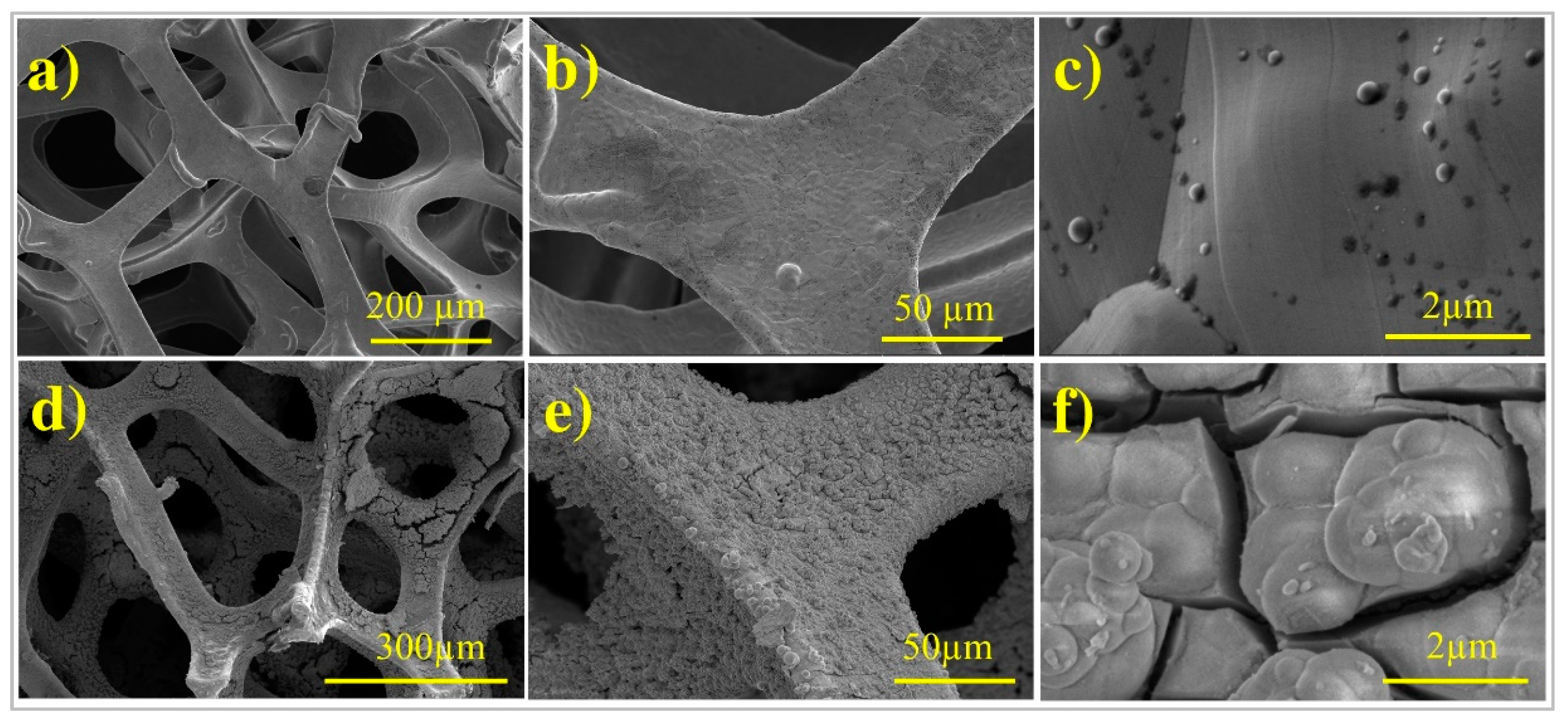
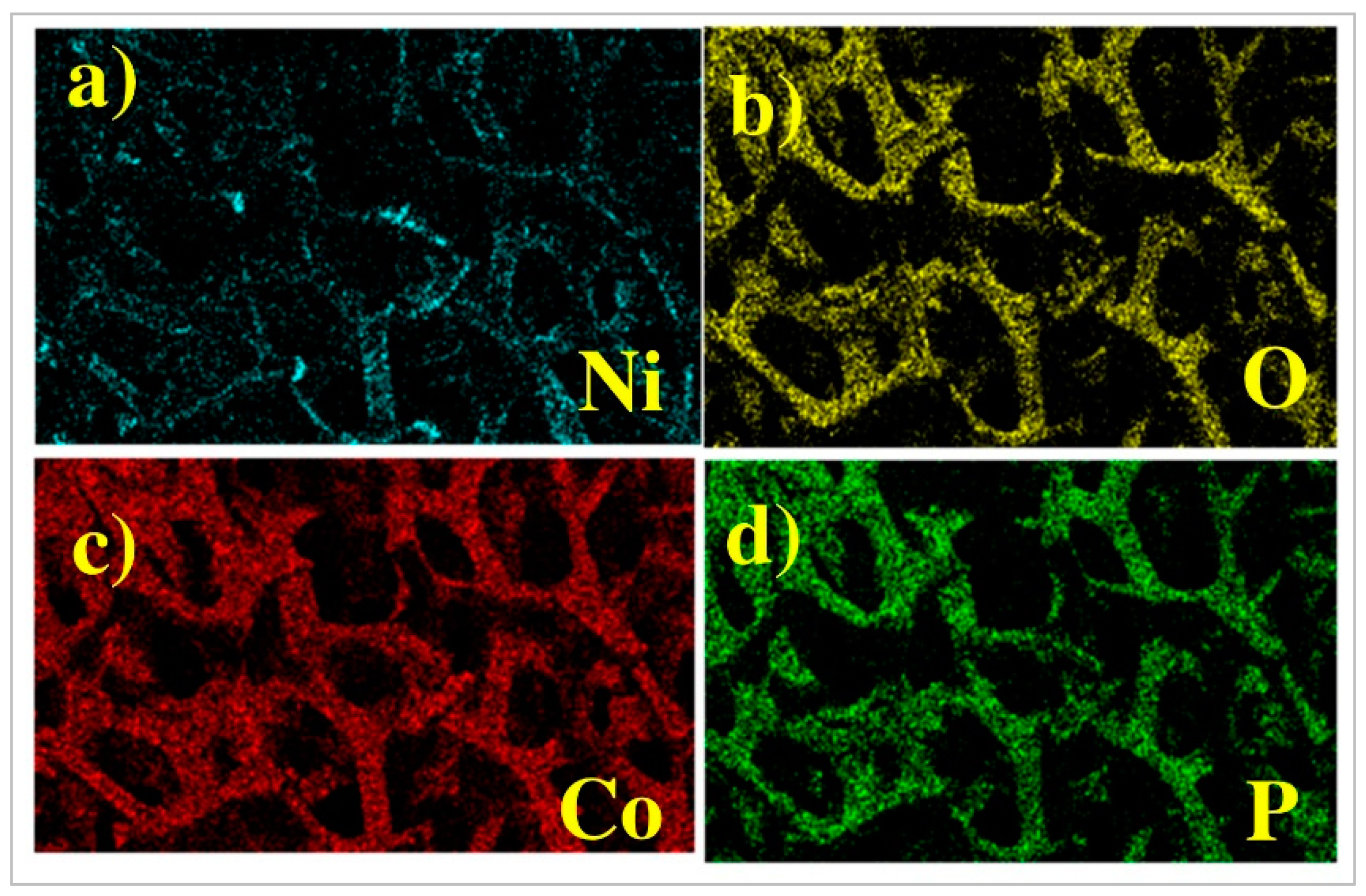
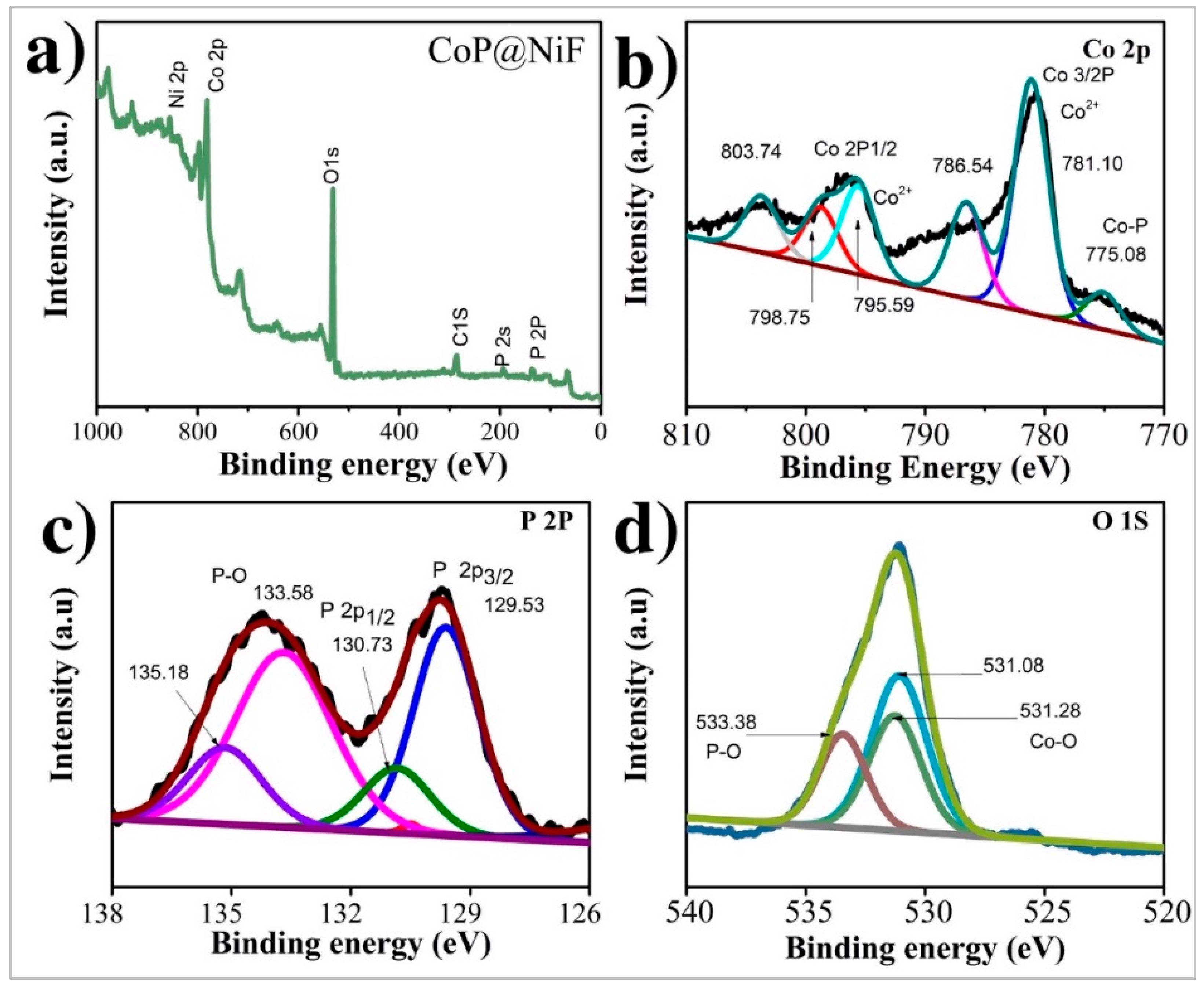
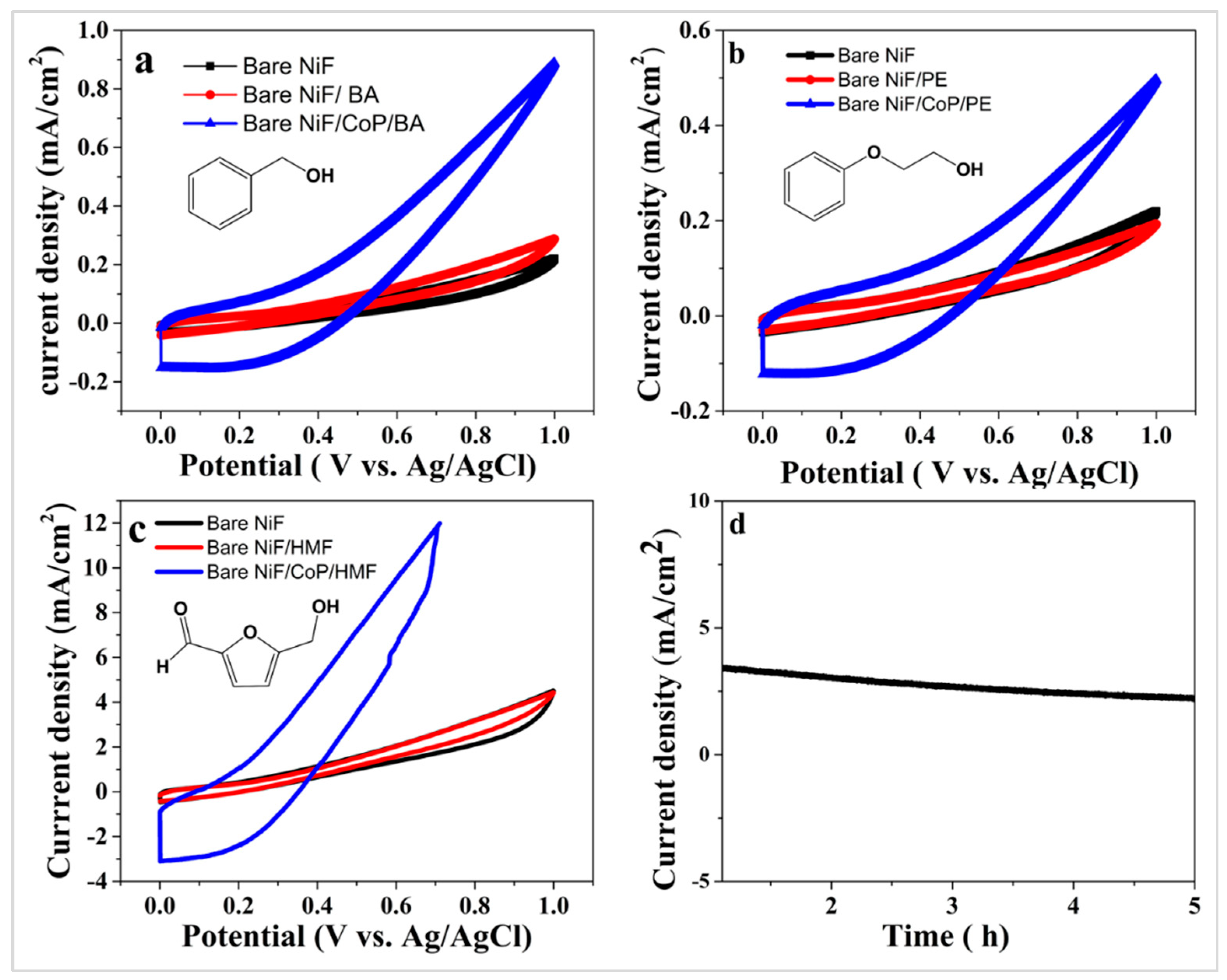

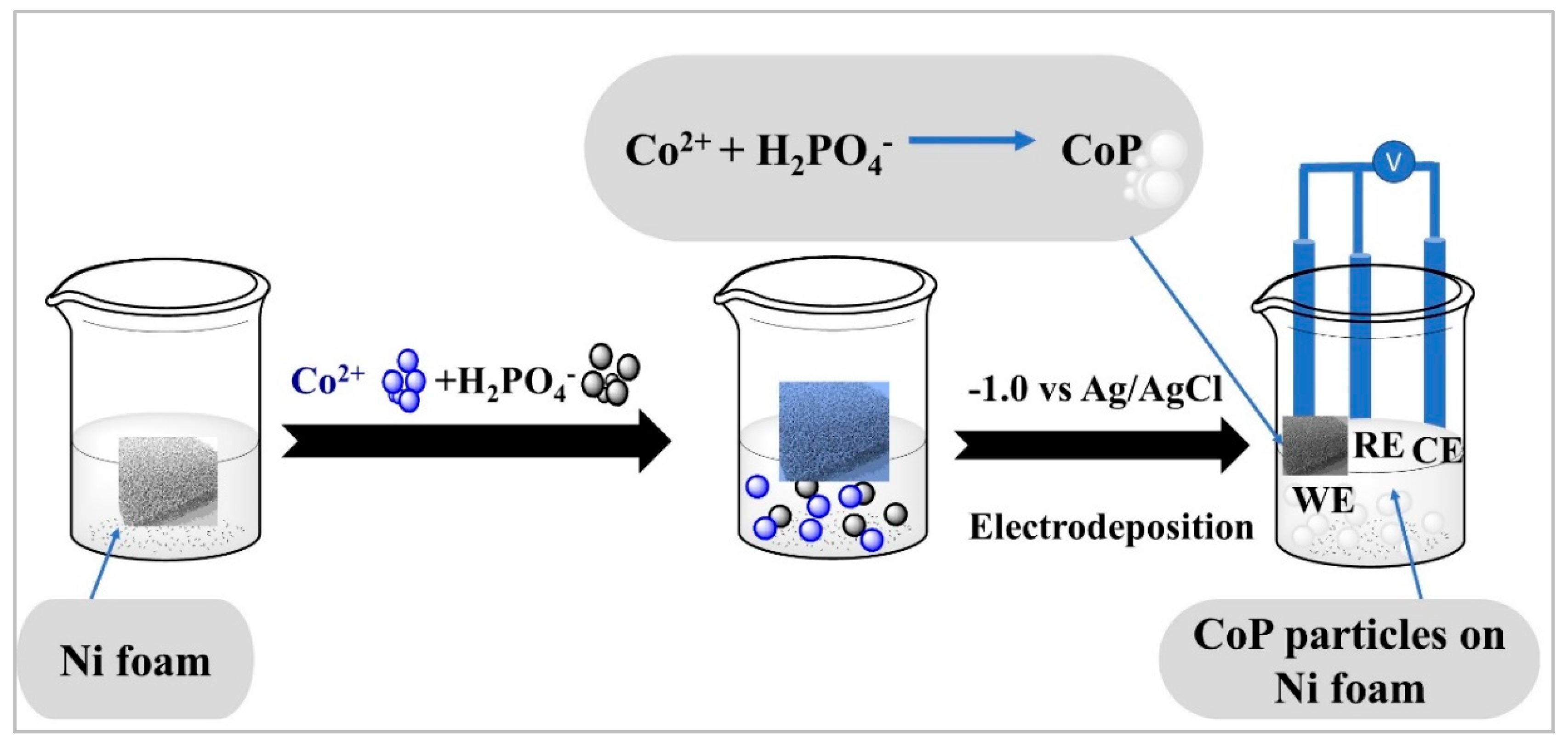

 | |||
|---|---|---|---|
| Entry | Potential (V) | %Conversion | % Selectivity |
| Droplet assisted method | 0.5 | 45.2 | 54.0 |
| 1.0 | 45.2 | 78.4 | |
| 1.5 | 46.1 | 82.5 | |
| 2.0 | 83.5 | 94.0 | |
| Without droplet | 2.0 | 32.0 | 47.0 |
 | |||
|---|---|---|---|
| Entry | Potential (V) | % Conversion | % Selectivity |
| 1 | 0.5 | 6.0 | 10.0 |
| 2 | 1.0 | 8.0 | 12.0 |
| 3 | 1.2 | 56.5 | 71.0 |
| 4 | 1.6 | 92.0 | 96.0 |
 | |||
|---|---|---|---|
| Entry | Potential (V) | % Conversion | % Selectivity |
| 1 | 0.5 | 66.0 | 68.5 |
| 2 | 0.7 | 88.0 | 91.6 |
| 3 | 1.0 | 89.2 | 92.0 |
| 4 | 1.3 | 95.0 | 96.0 |
| 5 | 1.6 | 86.0 | 88.0 |
| Catalyst | Substrate | Product | Conv. % | Yield % | Condition | Time (min) | Ref. |
|---|---|---|---|---|---|---|---|
| Nickel oxy-hydroxide electrode | BA (*) | Benzaldehyde, Benzoic acid | - | 86% | 0.01 M NaOH | 300 | [36] |
| Au NP- modified carbon-fiber-thread electrode | BA | Benzaldehyde | - | 50–55 | KOH, LiClO4 [a] | - | [7] |
| 1-PE | Acetophenone | - | 38–65 | KOH, LiClO4 | |||
| TEMPO (0.1 mmol) | BA | Benzaldehyde | 92.0 | - | Carbonate buffer | 120 | [37] |
| NHPI (0.1 mmol) | BA | Benzaldehyde | 57.0 | Acetate buffer | |||
| Co-P on Cu foam | HMF | FDCA | 99.0 | 85.3 | Deep eutectic solvents, 0.5 M NaHCO3 | - | [38] |
| Carbon anode | BA | Benzaldehyde | - | 95.0 | Undivided, 30–34 °C HCl as supporting electrolyte nitrate as mediator | - | [39] |
| CoP@NiF | BA | Benzoic acid | 95.0 | 96.0 | Droplet assisted method | 60 | This work |
| 2-PE | Phenol & CH3CO2H | 96.0 | 96.0 | ||||
| HMF | FDCA | 95.0 | 96.0 |
Publisher’s Note: MDPI stays neutral with regard to jurisdictional claims in published maps and institutional affiliations. |
© 2022 by the authors. Licensee MDPI, Basel, Switzerland. This article is an open access article distributed under the terms and conditions of the Creative Commons Attribution (CC BY) license (https://creativecommons.org/licenses/by/4.0/).
Share and Cite
Suliman, M.A.; Al Aqad, K.M.; Basheer, C. Droplet Flow Assisted Electrocatalytic Oxidation of Selected Alcohols under Ambient Condition. Molecules 2022, 27, 382. https://doi.org/10.3390/molecules27020382
Suliman MA, Al Aqad KM, Basheer C. Droplet Flow Assisted Electrocatalytic Oxidation of Selected Alcohols under Ambient Condition. Molecules. 2022; 27(2):382. https://doi.org/10.3390/molecules27020382
Chicago/Turabian StyleSuliman, Mohammed A., Khaled M. Al Aqad, and Chanbasha Basheer. 2022. "Droplet Flow Assisted Electrocatalytic Oxidation of Selected Alcohols under Ambient Condition" Molecules 27, no. 2: 382. https://doi.org/10.3390/molecules27020382
APA StyleSuliman, M. A., Al Aqad, K. M., & Basheer, C. (2022). Droplet Flow Assisted Electrocatalytic Oxidation of Selected Alcohols under Ambient Condition. Molecules, 27(2), 382. https://doi.org/10.3390/molecules27020382







